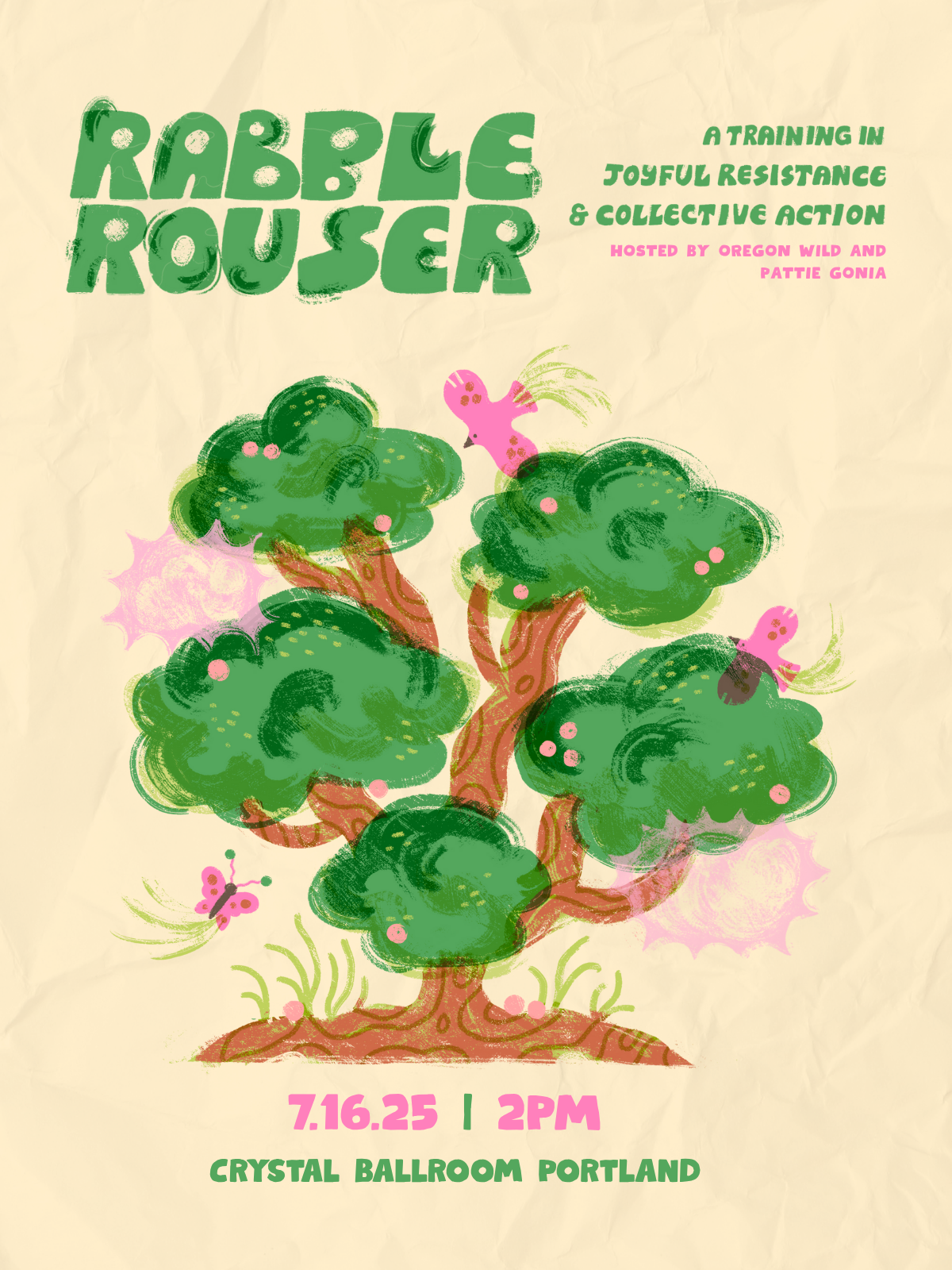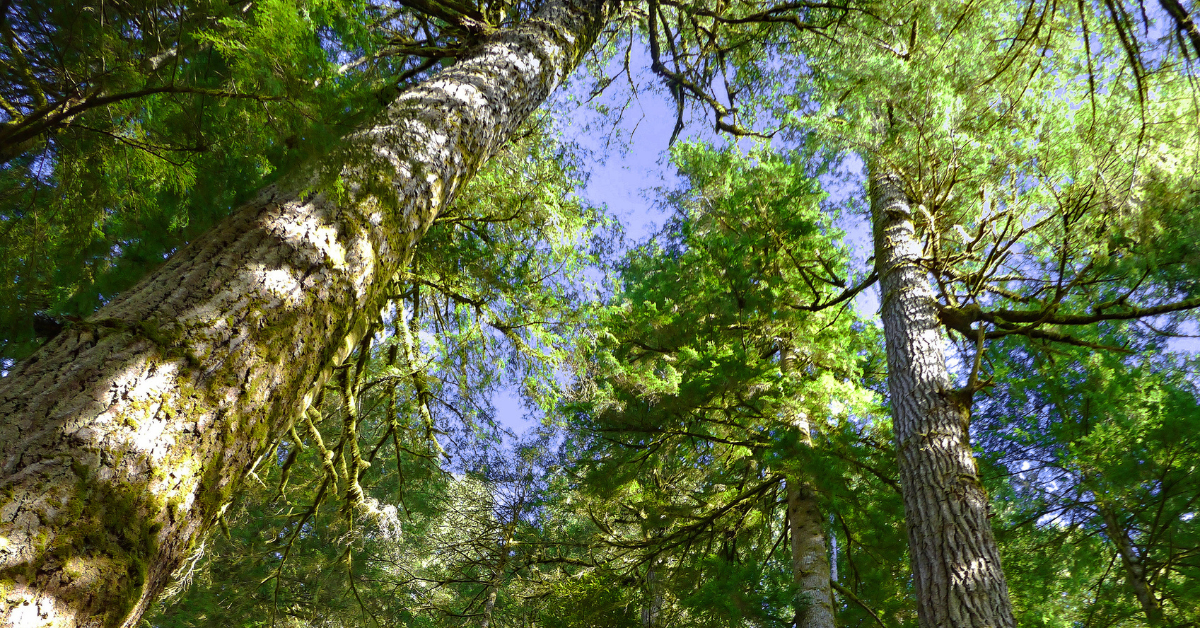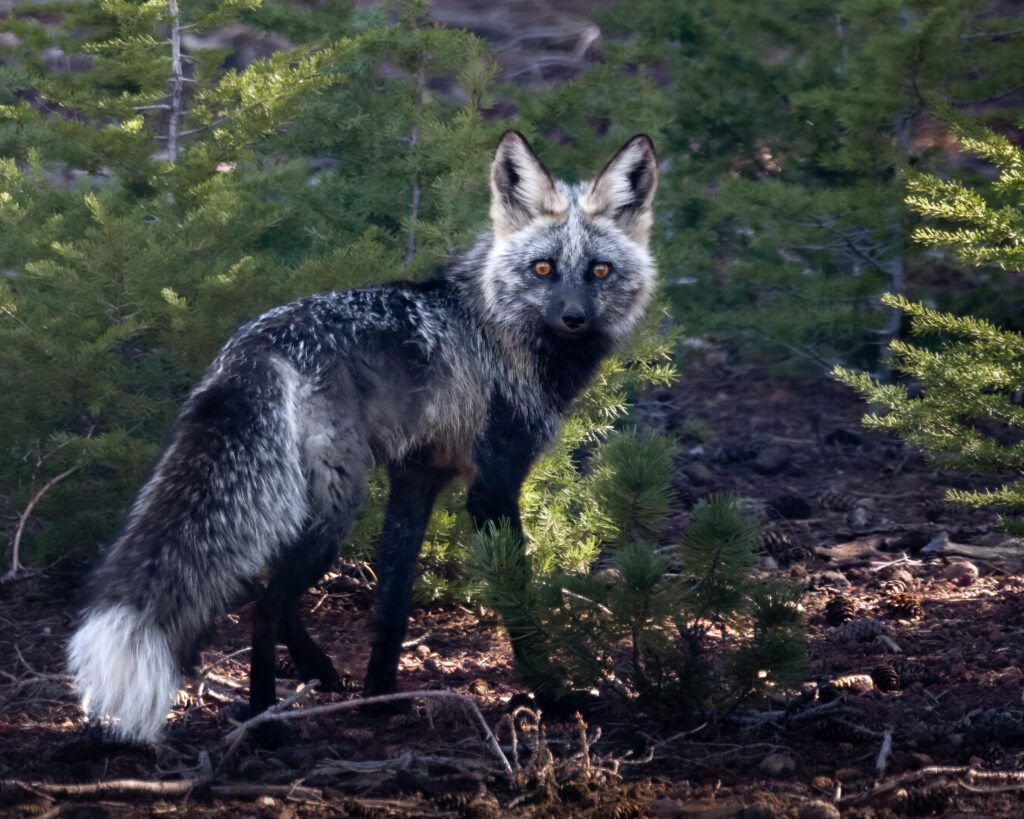The world of forest conservation lost a fierce advocate this week. Jim Furnish headed the Siuslaw National Forest in the Oregon Coast Range and was Deputy Chief of the US Forest Service during his 34 year career with the agency before he retired in 2002.
It’s not every day Oregon Wild lauds a Forest Service insider as a conservation hero, but Jim was special. Jim led the Siuslaw as Forest Supervisor during the critical years of 1992-1999 – the heart of the “timber wars” and the implementation of the Northwest Forest Plan. His bold positions and leadership in this time helped the Siuslaw transition away from being one of the largest timber producers in the country, logging acres of old growth on a daily basis. This was not only an important step towards protecting wildlife and salmon habitat, but also helped mitigate conflict in the region’s communities by setting the stage for a sustainable transition to a new logging paradigm – one focused not on old-growth clearcutting but on restoring watersheds, decommissioning roads, and thinning unnatural plantations
As Deputy Chief of the Forest Service from 1999-2002, Jim was a principal Forest Service leader in creating one of the most important, and contentious, policies in the agency’s history – the Roadless Area Conservation Rule. In 2001, this rule protected nearly 60 million areas of wild public lands from logging and road construction.
After he retired, Jim remained a tireless advocate for forests, helping to defend the Roadless Rule and doing work to promote the type of restoration he championed on the Siuslaw National Forest. In 2012, he came back to the Siuslaw National Forest to join forestry practitioners and environmentalists on a media tour on the Siuslaw National Forest in support of ecologically appropriate thinning in plantation forests. And he was the subject of a 2015 documentary by Alan Honick. “Seeing the Forest tells the story of how those early restoration efforts [in the Siuslaw National Forest] continued under Furnish’s successors, and led to multiple benefits for the communities and the forest ecosystem.”

Jim’s complicated relationship with the agency he spent his career with is laid out in his 2015 memoir “Toward a Natural Forest: The Forest Service in Transition,” which speaks to forest management that works in concert with nature. Documentarian Alan Honick notes that when he came to the Siuslaw in 1992, “he had already begun to suspect that the agency had gone too far in the direction of resource extraction.” One of the quips Oregon Wild’s Conservation Director Steve Pedery loves to use came from Jim: “To the Forest Service, logging is the answer. What was the question?” Yet in retirement, even when he was frustrated with the agency, it was always clear to his colleagues that he still cared deeply for the people who worked there, and that he was eternally hopeful that the agency could change.
In his last few years, he was an active member of the planning team for the Climate Forest Coalition, a national coalition of 120 organizations that are working to protect mature and old-growth trees and forests from logging across America’s public lands as a cornerstone of U.S. climate policy. The Coalition is, in essence, working to finish what Jim’s leadership in the Siuslaw began: protecting mature and old-growth forests on National Forests from logging. Jim brought deep knowledge of the Forest Service to the movement, as well as honesty and humor in the face of his frustration with the pace of this work and the Forest Service’s reticence to engage. He recently penned this opinion piece to support the campaign. In it, he says:
“I sent many trees to the mill. I also changed. As a close observer of the Forest Service for a half century, I am deeply troubled by the agency’s persistent, mistaken focus on timber production when there are larger issues at stake for our communities, the climate, and biodiversity.”
Jim will be missed by our community and, of course, by his family. Information about leaving memorial gifts and messages can be found here.
For more, see also this Greenwire story about Furnish.







